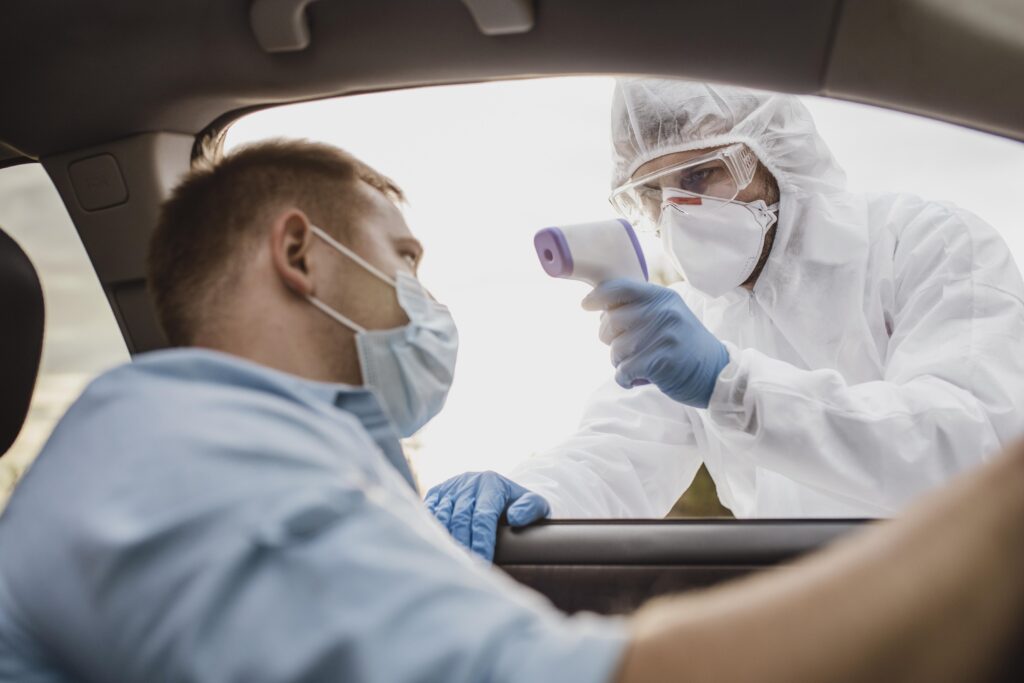What changed after the pandemic?

The COVID-19 pandemic was an extremely tragic event in the history of humanity. That’s because, during this period which began around the end of 2019, the world had to face a virus unknown in its form, one that even led to the death of thousands of people.
Thanks to advances in medicine, researchers and laboratories were able, within a few months, to develop vaccines that were a great help in fighting the disease. As a result, the number of deaths significantly decreased, making the situation much more controlled.
Nowadays, COVID-19 cases still exist, but not as many as before. Unfortunately, this is a disease that humanity will still have to live with for many years, as there is no cure.
However, the current scenario is much better, and we can already consider that we’ve moved past that negative phase. Still, it’s undeniable that many consequences remain and that the world changed after this episode. That’s because the disease affected practically every aspect of our lives.
Safety standards were reinforced in almost all environments. Companies adopted strict protocols, schools had to reinvent themselves, and health services faced enormous challenges to ensure safe care. Additionally, it became clear that mental health is just as important as physical health, and the search for balance became a central theme in conversations about well-being.
Even with the reduction in cases and the gradual return to “normal life,” the world hasn’t gone back to how it was before. The collective experience taught us the value of prevention, empathy, and shared responsibility.
The new definition of health and safety
As already mentioned, it’s noticeable how people began to value mental health more during this period. That’s because, during the lockdown, even people who didn’t get the disease ended up affected. Terrifying news all day long, lack of social interaction, and constant fear were some of the factors that made even people without COVID-19 end up becoming mentally unwell.
This made mental health a much more discussed and valued topic. Subjects that were less talked about before, such as burnout, anxiety, and the need for welcoming environments, are much more common today.
Moreover, health and safety became almost permanent needs. The use of PPE, space sanitization, and distancing measures became standard practices, even after the end of stricter restrictions.
Reinvented environments
Companies and offices
The pandemic accelerated a transformation that was already happening: remote work. Many companies adopted the work-from-home model and later found in the hybrid system a way to balance productivity and well-being.
Additionally, cleaning protocols, ventilation, and distancing became part of office routines. Safety stopped being just a requirement and became part of the culture, increasing care for employees.
Schools and educational institutions
Schools perhaps faced one of the greatest challenges: maintaining learning amid isolation. Online classes, smaller groups, mask-wearing, and hygiene care became part of the daily life of students and teachers.
Beyond education, emotional support also improved. Today, there is more talk about welcoming, listening, and mental health inside classrooms.
Healthcare facilities
Hospitals and clinics had to adapt quickly to ensure the safety of patients and professionals. Measures like entry screening, intensive use of PPE, restricted visitation, and constant cleaning became the norm.
Moreover, technology also became stronger with the rise of telemedicine, allowing for remote consultations. This evolution showed that it’s possible to take care of health more efficiently, even in times of crisis.
Summarizing
After everything we’ve been through, there’s no denying that the world has changed. The pandemic left deep marks, but it also brought valuable lessons. Today, we have a new awareness of how to care for our health, not only physical but also mental.
Environments like companies, schools, and hospitals had to reinvent themselves, and many of the precautions adopted during that time are still present today. This shows that despite the difficulties, we’ve managed to improve in many aspects.
What matters most now is to keep this attention alive, continue valuing prevention, and keep building a culture of collective care. That’s because health and safety are no longer just protocols, they are part of our way of living.



